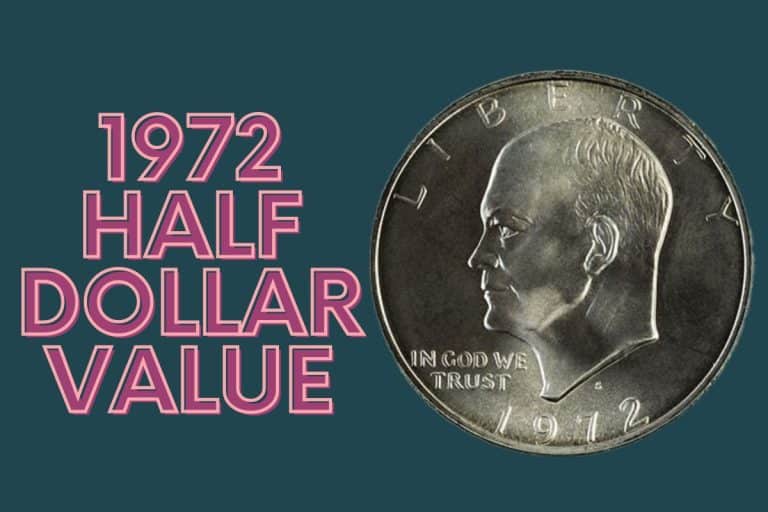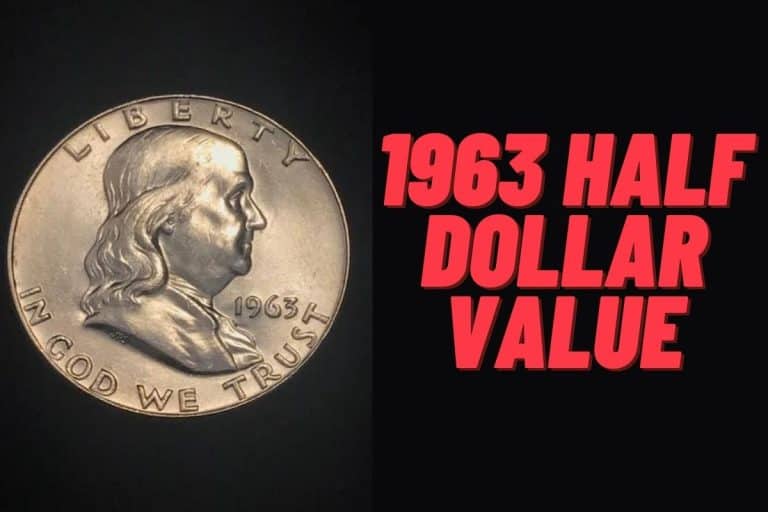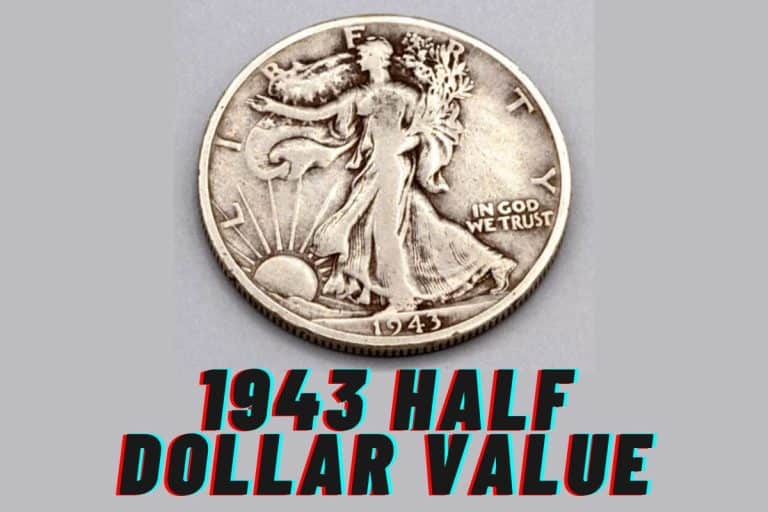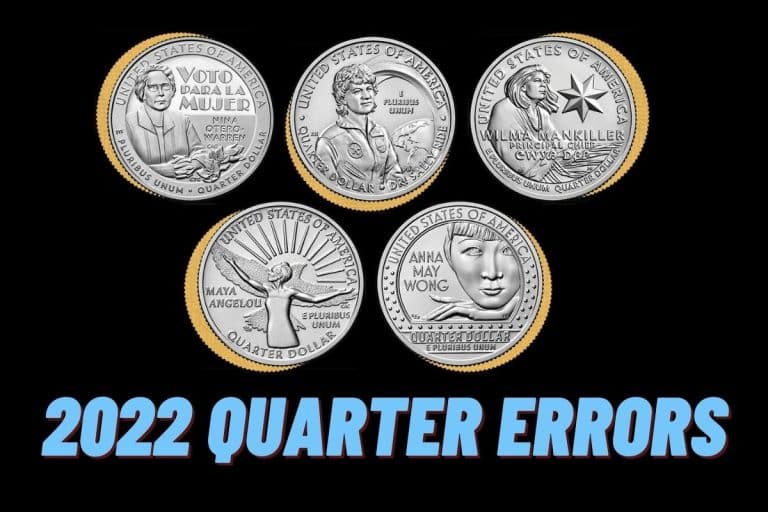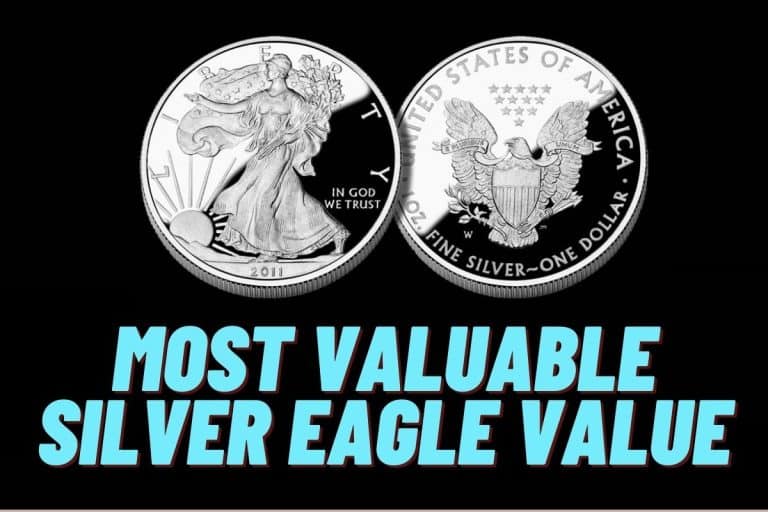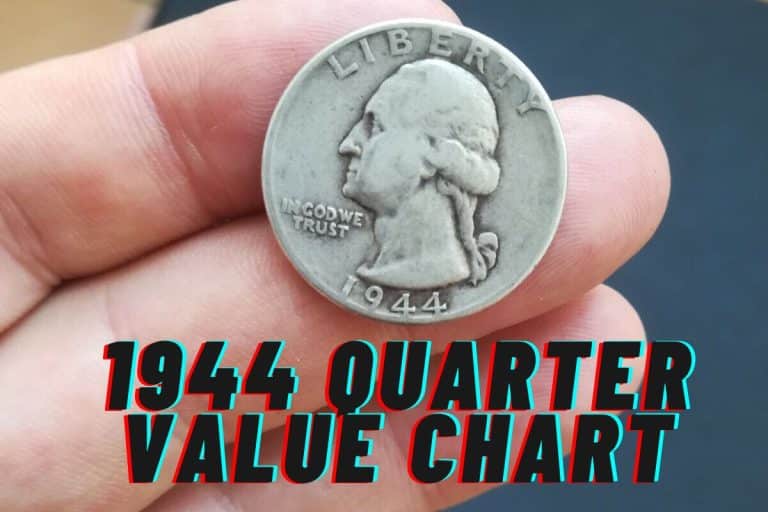Are you curious about the worth of 999 silver? Want to get the most out of your investments? You will find all the information you ought to know about silver here.
Silver's great value and stunning, glossy look contribute to its widespread popularity as a precious metal. If you want to buy silver, it's essential to keep track of its prices since they fluctuate often.
How much is 999 silver worth? You can track the value of silver on some websites, so you'll be aware of any fluctuations in price as soon as they occur. Silver's value varies depending on its form and weight; therefore, maintaining a consistent pricing system is crucial.
How Much Is 999 Silver Worth?
If you're in the market for silver bullion, you'll be pleased to know that silver bars typically have low premiums compared to other options. The price of silver fluctuates daily, though the shifts are usually not significant. Calculating the melt value of 999 fine silver is easy; simply multiply the number of ounces you have by the current spot price of silver.
You can calculate it here.
What’s the Difference Between 999 Silver and 925 Silver?
925 Silver means that silver accounts for roughly 92% of the piece, copper for around 7%, and other metals make up the remaining 8%.
On the other hand, .999 fine silver is 99.9% pure silver; however, it is noticeably softer than sterling silver. It helps shape jewelry precisely and allows the user to fine-tune the fit of their bracelets and rings. The resistance of sterling silver increases with its thickness because it's a more robust metal, which allows jewelers to engrave beautifully, set stones, and make more complicated patterns.
Does the 999 Silver Have High Quality?

Fine silver is defined as silver with a purity of 99.9% (999) and is the standard for silver bullion bars. Fine silver, also known as pure silver, is often mixed with other metals to make a more robust and long-lasting product due to its reputation for being somewhat soft, malleable, and readily damaged.
To What Extent Does Silver Outperform Gold?
Silver is less stable than gold, more affordable, and directly related to manufacturing. When it comes to diversifying your holdings, gold is more costly and more effective. Either one or both might be helpful additions to your investment portfolio. Gold's most significant utility as an asset is hedging against other forms of loss.
Is There a Way to Verify the Authenticity of Silver?

Yes, here are some standard methods you can use to test the authenticity of your silver.
The Hallmark Technique
A hallmark is an indication of the authenticity of silver. If you want to know how much silver an item contains, you can look for hallmarks like “999” or “925,” but you'll need a magnifier to see them.
Test of Magnetism
Genuine silver is not magnetic, and the little magnetism it shows is too faint to be seen by the human eye. It is not silver if a magnet is drawn to it since that indicates the presence of a ferromagnetic core. Ferromagnetic metals, including iron, nickel, and cobalt, are sometimes used to fabricate silver plating and fake silver.
Presence Of Flakes Or Tarnish On the Surface Of the Silver?
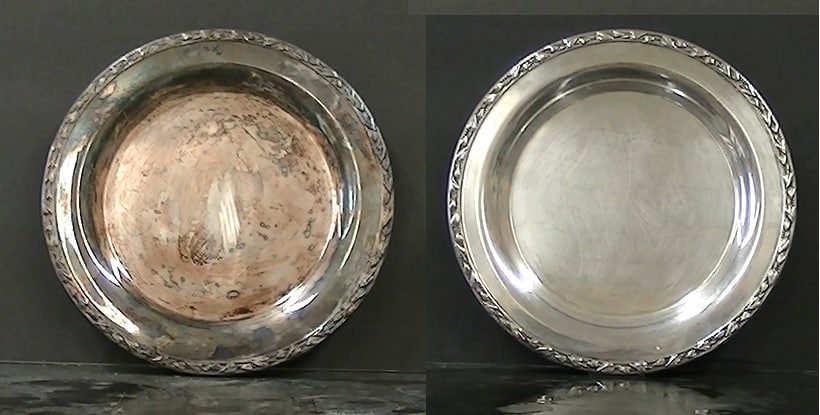
Tarnish, the coating of color on silver's surface due to oxidation is visible on handmade items. However, it is possible to chemically produce a patina using bleach, albeit the difference between natural and forced patina is immediately apparent.
A silver object with a manufactured patina is often significantly darker and has more contrast than it would naturally have. When the patina is natural, the metal darkens slightly in the creases.
Presence Of Smell from the Silver Item
An obvious giveaway that an object isn't composed of authentic silver is if it has a pungent odor after prolonged use. Genuine silver doesn't give out any discernible scent. Don't buy it if it smells like a penny or a rotting egg since it may be a product of copper or zinc with silver plating.
Testing with Acid
The acid test is one of the most reliable methods for determining the authenticity of silver. A real silver object will not change color when exposed to acid.
Different Types Of Silver Used In Jewelry
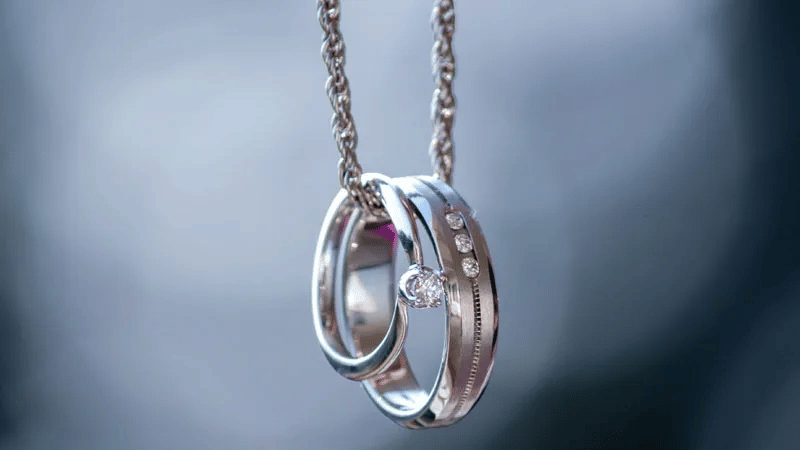
925 silver
Many people like jewelry made from sterling silver, an alloy of silver (92.5% pure) and copper (7.5% pure). Because of its low cost and relative ease of working with, sterling silver is a popular choice among jewelers and fashion designers. A “925” mark guarantees that a piece of jewelry has pure silver.
Compared to its weight, sterling silver is very durable despite its lightness. This metal retains its luster and form even after repeated use. But because of the copper element, sterling silver tarnishes more quickly than pure silver. But have no fear; you can soon restore sterling silver to its former glory with just a little effort.
999 Pure Silver
The purest kind of silver, fine silver, fetches the highest price. The 99.9 percent pure silver gives it a brilliant shine and prevents it from oxidizing. It is common practice to stamp “999” or “FS” on the underside of fine silver jewelry. Pure silver is less often used in jewelry since it is more costly and challenging to work with than silver alloys.
Silver Britannia
Silver Britannia, also known as British silver, is a type of silver produced in Britain and is known for its strength and durability. Britannia silver has been in circulation in England since 1697 when an Act of Parliament legally introduced it.
The silver content of Britannia silver is 95.8 percent, whereas the copper content is just around 4.2 percent. Britannia Silver is often found in coins and dinnerware, although you can also find it in certain older pieces of silver jewelry. A “958” stamp or stamping can help you identify this vintage metal.
Argentium Silver
In 1998, silversmith Peter Johns patented a new kind of silver alloy called Argentium. It has a silver content of either 93.5% or 96%, a copper content of 3.5% to 5.5%, and metalloid germanium content of 1%. The exclusive Winged Unicorn Trademark and the hallmarking standards of 925, 935, or 960 identify Argentium silver.
Argentium silver is very tarnish-resistant due to its germanium with low copper concentration. As a result of the higher cost of its raw materials, Argentium silver is more expensive than sterling silver, even though it is more durable against tarnishing.
Conclusion
Silver in its finest form, known as “999,” has 99.9 percent silver, whereas “925” silver only has 92.5%. Unfortunately, you cannot use 999 silver to make jewelry because of its higher cost. It is possible to determine whether or not your gold is genuine by putting it through a series of tests, such as the hallmark test, a magnet test, an acid test, and a scent test.

